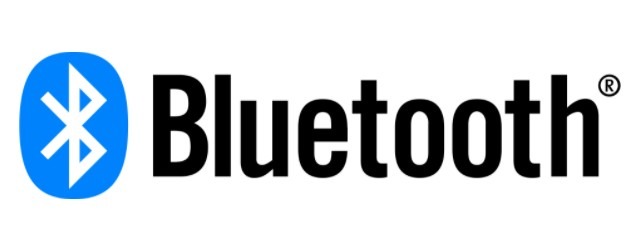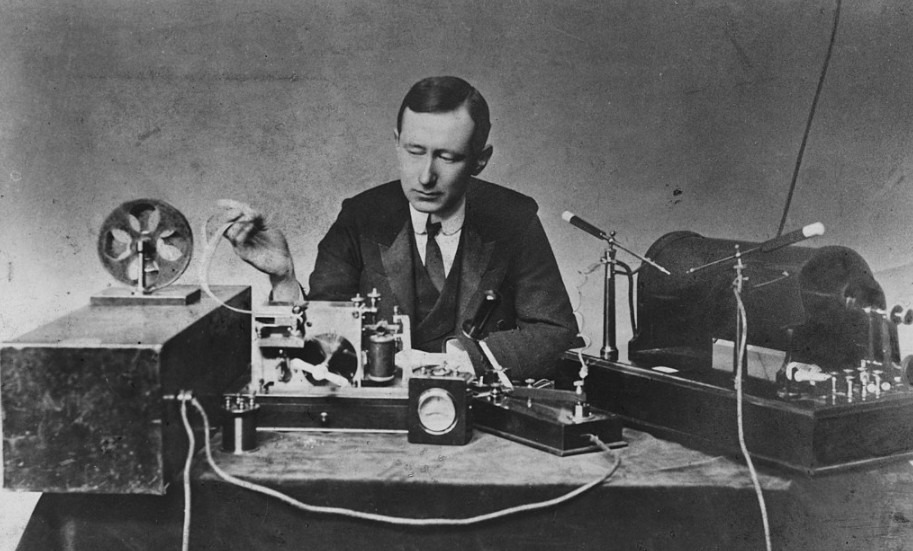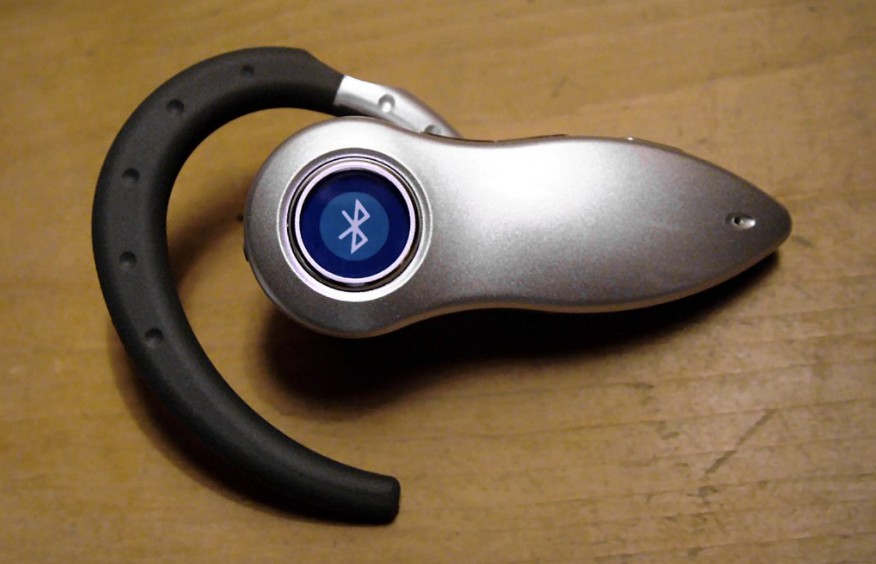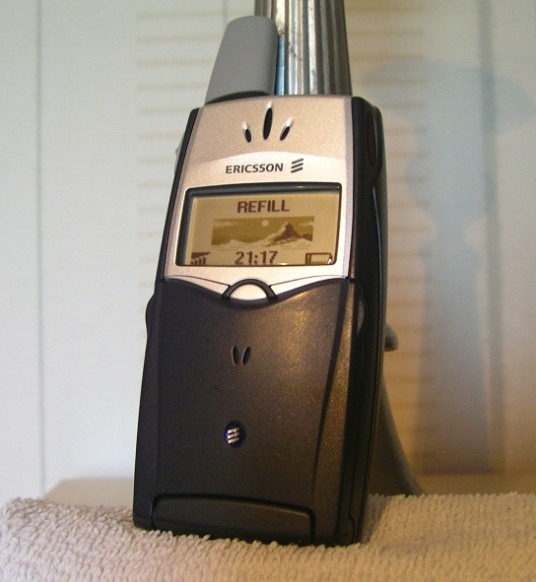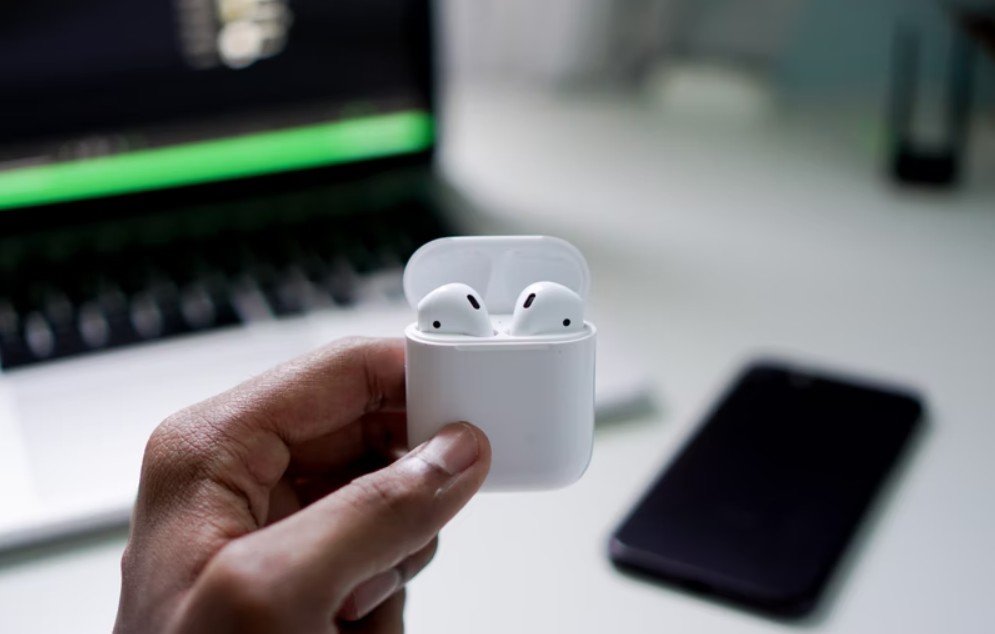You must have used Bluetooth to transfer data between devices or form a constant connection between devices for transferring live audio data. With this technology, you can connect devices over small distances with low consumption of energy. We use it to connect headphones, game controllers, printers, and your car.
A question may arise in our minds about this technology’s origins and why it was named Bluetooth instead of just another wireless connection? This may be a new technology that attempted to take over small-range wired connections, but it has a diverse history that, as one might say, dates back to more than ten centuries. You can also read the four hacks to make your Bluetooth speaker louder here.
Spread Spectrum Radio
Wi-Fi and Bluetooth are two variations of speed-spectrum radio. There were multiple inventors of the speed-spectrum radio during the 20th century as the idea built up over the years. Bluetooth is a type of Frequency-Hopping Speed Spectrum or FHSS. This technology was mostly used by the military in warfare. For example, actress Hedy Lamarr used a piano roll to make radio-guided missiles harder to detect or jam. You can also find out how intercoms improve the security of your home by clicking the given link.
FHSS is a method of transferring signals by rapidly changing carrier frequency among various unique frequencies while occupying a large spectral band simultaneously. This technology is used to transmit data in chunks between master and slave devices. In Bluetooth, the roles can be switched too.
Bluetooth uses FHSS to avoid interference problems. It utilizes 2400 MHz to 2483.5 MHz, and Bluetooth uses 79 radio frequency channels in this band. Hence, we can say that a torpedo technology meant to discretely infiltrate enemy lines were turned into our day-to-day data transmitting technology, helping us avoid tangled wires.
Invention of Bluetooth
After the invention of the first mobile phone in 1973 and headphones in 1910, people wanted to do something about the wires that got tangled up during closing and opening. The first wireless headphones were invented between 1960-1970, which operated on radio waves and carried a built-in transmitter. These were good but heavy and consumed more energy.
The development of short-ranged technology was initiated by Ericsson Mobile in Lun, Sweden. But it needed some development and modifications. After some efforts, Doctor Jaap Haartsen received acknowledgement for inventing this time-changing technology in 1990. But it was not immediately launched in the public sector.
Nils Rydbeck, then-CTO of Ericsson Mobile, was approached by IBM’s head, Adalio Sanchez, for collaborating on integration between mobile and a ThinkPad notebook in 1997. Engineers from IBM and Ericsson were assigned to work on the idea.
The short-link technology was given an open permit so that both companies could benefit from it. Bluetooth Special Interest Group or Bluetooth SIG was formed to manage the development of the technology. Bluetooth SIG was launched in May 1998 by Ericsson, IBM, Intel, Nokia, Toshiba, IBM, and Ericsson as founding members.
Bluetooth was omnidirectional, and its range was 10 meters or 30 feet at maximum. Bluetooth 1.0 had a max speed of 721 kbps. These devices included a mandatory Bluetooth device address which made anonymity impossible at the protocol level.
Naming of Bluetooth
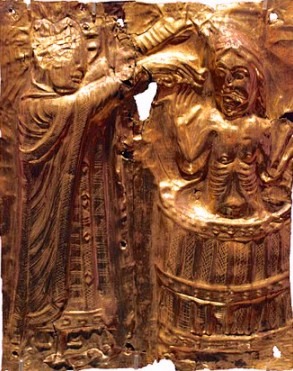
Historical Timeline of Bluetooth
- Bluetooth 1.0 to 3.0
The first version’s speed was at max 1 Mbps up to 10 meters, which used frequency modulation to carry signals. Bluetooth 2.0 used the change in waveforms technology to carry information, reaching up to 3 Mbps; this speed was increased to 24 Mbps in the 3.0 version. This way, short-range wireless solutions provided high bandwidth signals opening possibilities to new technological advancements.
- Bluetooth 4.0 to 5.2
Bluetooth Low Energy or BLE was introduced in the market to meet the demands of small devices. This allowed a small amount of data, 1 Mbps, to be sent with low power consumption. This technology made many coin-cell battery-operated applications feasible, like beacons. Version 5.0 was released in 2016, which features focusing on new technologies. The latest version of Bluetooth was released on 31st December 2019, which allows reception from various devices.
- First Bluetooth Headphones
The first Bluetooth device for consumers was launched in 1999; it was a wireless mobile headset. The first stereo wireless Bluetooth headphones were introduced in the market in 2004, but it took them many years to replace the traditional wired headphones.
- First Bluetooth Phone
The first Bluetooth mobile phone was Ericsson T36, but it needed some developments, so T39 was introduced to the market in 2001 alongside A30 Bluetooth enabled laptop by IBM in the same year. Ericsson T39 is known to have pioneered the tech launches that year with the ability of Bluetooth.
- Bluetooth SIG
It was formed in 1998 as a coalition of five companies. By the end of that year, it had more than 400 members. In the following years, we saw the addition of Bluetooth circuits in printers, mobile phones, hands-free car kits, and laptops. By 2006, we had Bluetooth chips implanted in watches and sunglasses. It was the first to be added to wearable gadgets as a wireless circuit.
In 2012, Bluetooth shipped more than 2 billion devices with Bluetooth circuits. At the end of 2014, Bluetooth SIG had 24,000 members, and it had 90% penetration in the mobile phone industry. The Bluetooth SIG is now a not-for-profit, non-stock corporation with headquarters in Kirkland, Washington.
Besides the professional staff, Bluetooth SIG is now supported by more than 35,000 member companies, which are part of working groups that supervise the documents and help make new products.
Modern Uses of Bluetooth
Bluetooth with its FHSS technology is now integrated with a lot of devices such as:
- Wireless connection between the hands-free headset and a mobile phone
- Connecting your phone to the car stereo
- Smart locks can now be opened with Bluetooth smartphones
- Transferring data between smartphone devices
- Intercoms have been made wireless by this technology
- Fitness devices and their connections to phone or PC
- Wireless communication between GPS receivers, medical equipment, bar code scanner, and traffic control devices
- Advertisements by Bluetooth discoverable devices
- Bluetooth tags on items that sound the alarm once out of reach of Bluetooth device
- Connection of controllers to operating systems like wireless mice, joysticks, and keyboards
- Improving audibility of stereo speakers
Conclusion
A technological breakthrough that has been with us for more than two decades developed and promoted by engineers is helping us in every part and parcel of modern life. From protecting torpedoes in foreign territory to helping avoid tangled headphones, we have indeed come very far. This short-range technology has been developed to consume less power and transfer data with more efficient energy consumption, and it will continue to evolve in the future.

